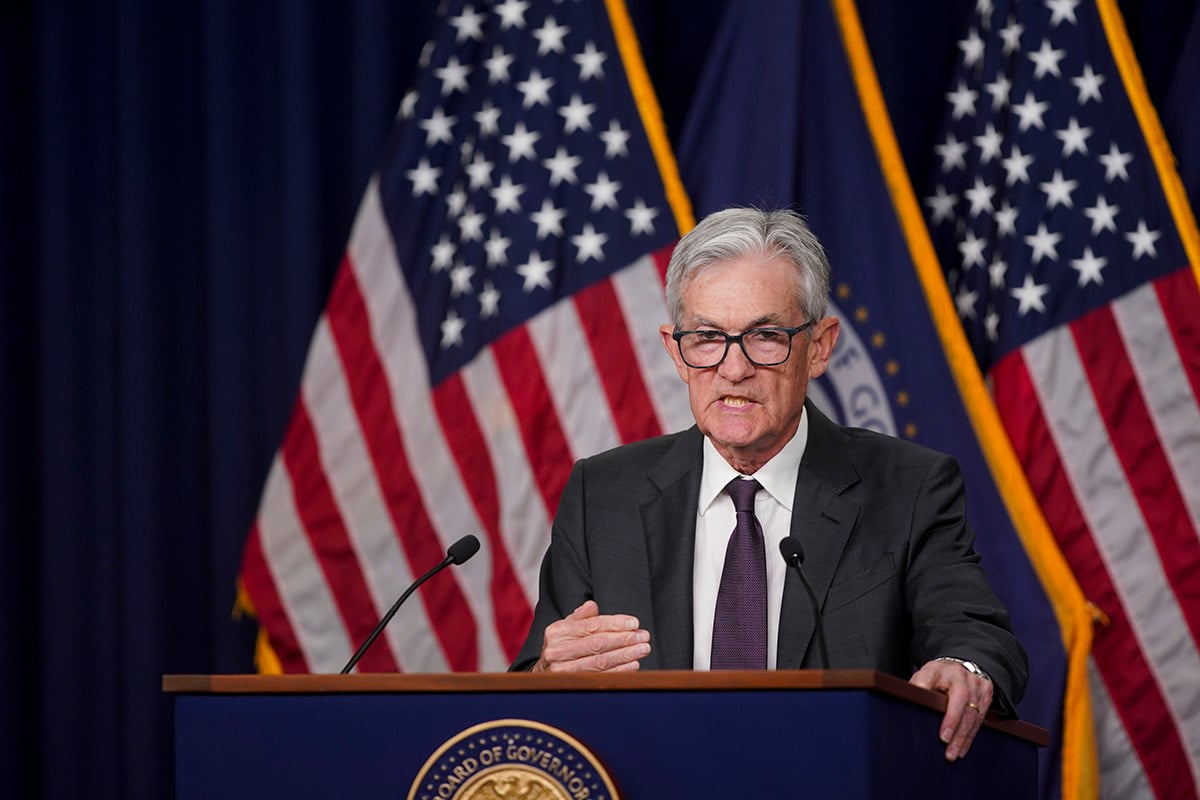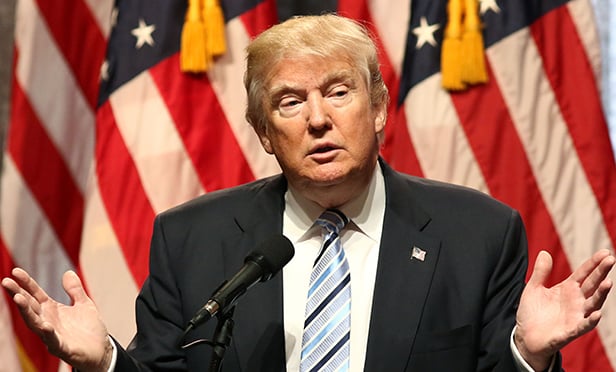Dollar bulls who have watched America's currency slide over much of the past two months are taking comfort in readings from the Federal Reserve Bank of Atlanta's economic growth model.
The forecasting tool known as GDPNow is starting to show a recovery from the slowdown that derailed the greenback's rally at the end of the first quarter. That's renewing optimism that the Fed will have enough confidence to raise interest rates before the end of the year, which has underpinned the U.S. currency's 18 percent rally in the past 12 months.
Even though variations have been around since 2011, the index gained widespread notoriety in April by basically predicting the first-quarter slowdown, making it one of the most accurate projections for gross domestic product when compared with analyst forecasts. The gauge is becoming more closely watched, with Fed policy makers now saying they're making rate decisions on a meeting-by-meeting basis, based purely on the economic data in front of them.
“For the dollar, this is massively important,” said Viraj Patel, a currency strategist at ING Groep NV in London, who follows the index. “Currency traders are reacting more now to the data.”
The Atlanta Fed output model was updated Tuesday to show second-quarter growth tracking a 0.8 percent pace, up from 0.7 percent as of May 19. The higher revision followed Commerce Department data showing capital equipment orders rose in April for a second straight month.
The dollar followed suit, climbing to an almost eight-year high against the yen. The Bloomberg Dollar Spot Index, which tracks the greenback versus 10 major peers, advanced 0.9 percent to 1,191.84, touching its highest this month. The measure reached a new high Wednesday.
Investors and strategists are analyzing economic results “like tea leaves—including myself,” said Sebastien Galy, a New-York based currency strategist at Societe Generale SA, who also utilizes the model. “It is nice to have a live tool. In essence it is a taste of the future.”
The Atlanta Fed's GDPNow tracker aggregates statistical model forecasts of 13 components that make up growth. It's refreshed five or six times a month, with at least one update following six data releases including retail sales, durable goods, and construction.
Statistical Analysis
The GDPNow index started falling in mid-February, a month before the dollar's rally came to a halt. The fall in growth projections via the model bottomed at zero percent on April 1 before rebounding into positive territory.
The model predicted 0.1 percent growth as of its last update before the Commerce Department on April 29 reported first-quarter growth of 0.2 percent. The consensus of 86 forecasters surveyed by Bloomberg predicted a 1 percent expansion in the first three months of the year.
“The GDPNow model is getting a lot of attention right now because it was accurate this last quarter,” said Jennifer Vail, head of fixed-income research in Portland, Oregon, at U.S. Bank Wealth Management, which manages $126 billion, who says the pace of output for a nation historically is key to its currency's value. Yet she isn't expecting the model will prove spot-on again.
“It is certainly something that we have followed for over a year now,” Vail said. “It's certainly possible it is correct for the second quarter, but I see that as unlikely.”
While policy makers may have a clue about what it will say, the Commerce Department doesn't report the initial GDP for second quarter until July 30, the day after the July Federal Open Market Committee meeting.
The economy expanded at a 2.65 percent annual pace in the current quarter, according to the median estimate in a Bloomberg survey.
“Everyone on the street knows how to translate monthly components into GDP. The difference with what the Atlanta Fed does is they have a specific equation based on statistical techniques that takes them from the April number and gives them the May, June number as well,” Steven Englander, global head of Group of 10 currency strategy at Citigroup Inc. in New York, said by phone. “There are equations, but very few that Wall Street has do it as formally as they do, and use as sophisticated techniques.”
Patel at ING, which forecasts the dollar will strengthen to parity versus the euro by the third quarter, said the bullish view comes as activity will rebound further and the Fed model will foreshadow that in the weeks ahead.
“The data will improve,” he said. “All the fundamentals remain positive for the dollar, and the Fed will at some point hike interest rates.”
Complete your profile to continue reading and get FREE access to Treasury & Risk, part of your ALM digital membership.
Your access to unlimited Treasury & Risk content isn’t changing.
Once you are an ALM digital member, you’ll receive:
- Thought leadership on regulatory changes, economic trends, corporate success stories, and tactical solutions for treasurers, CFOs, risk managers, controllers, and other finance professionals
- Informative weekly newsletter featuring news, analysis, real-world case studies, and other critical content
- Educational webcasts, white papers, and ebooks from industry thought leaders
- Critical coverage of the employee benefits and financial advisory markets on our other ALM sites, PropertyCasualty360 and ThinkAdvisor
Already have an account? Sign In Now
*May exclude premium content© 2025 ALM Global, LLC, All Rights Reserved. Request academic re-use from www.copyright.com. All other uses, submit a request to [email protected]. For more information visit Asset & Logo Licensing.





